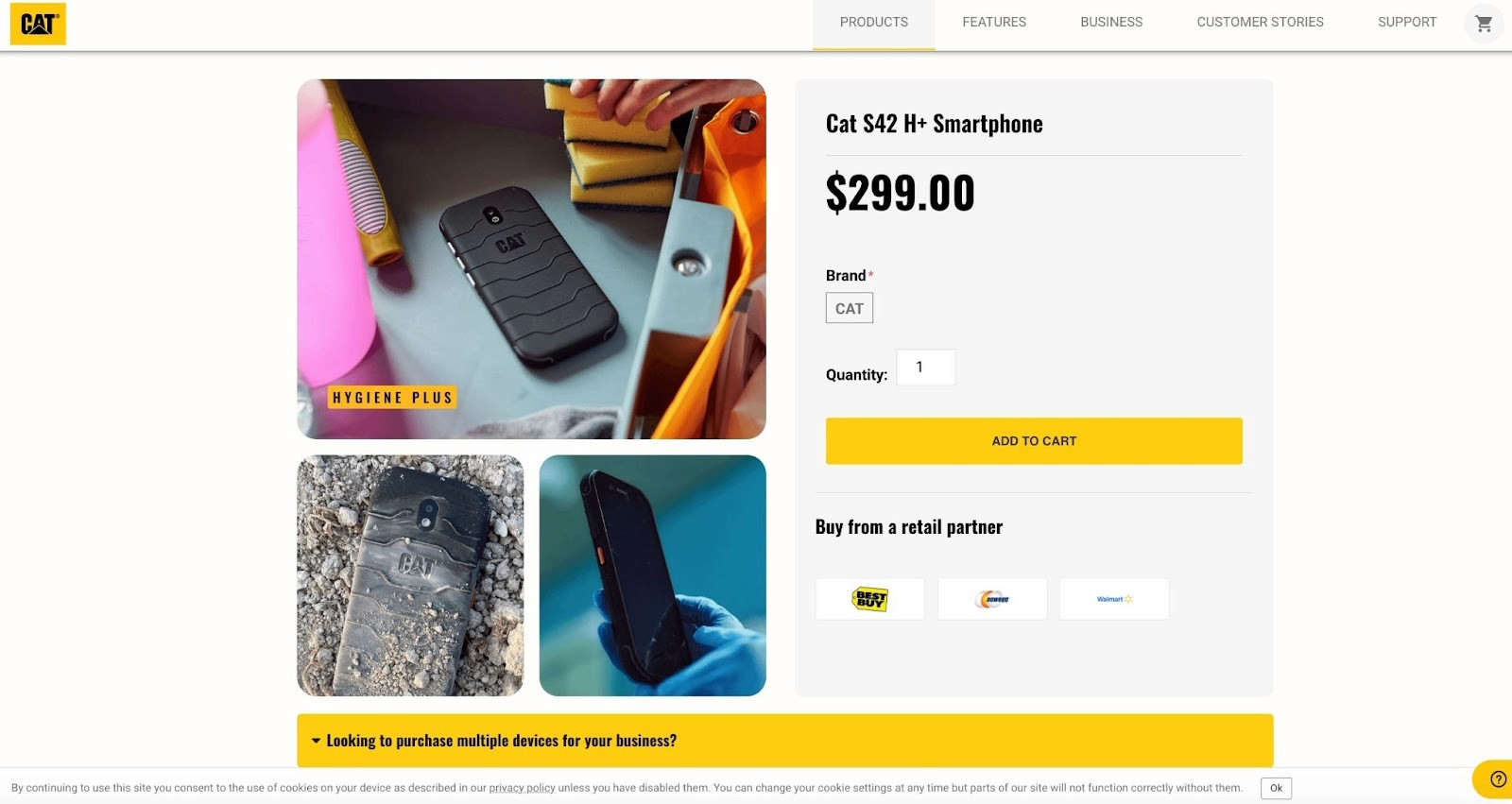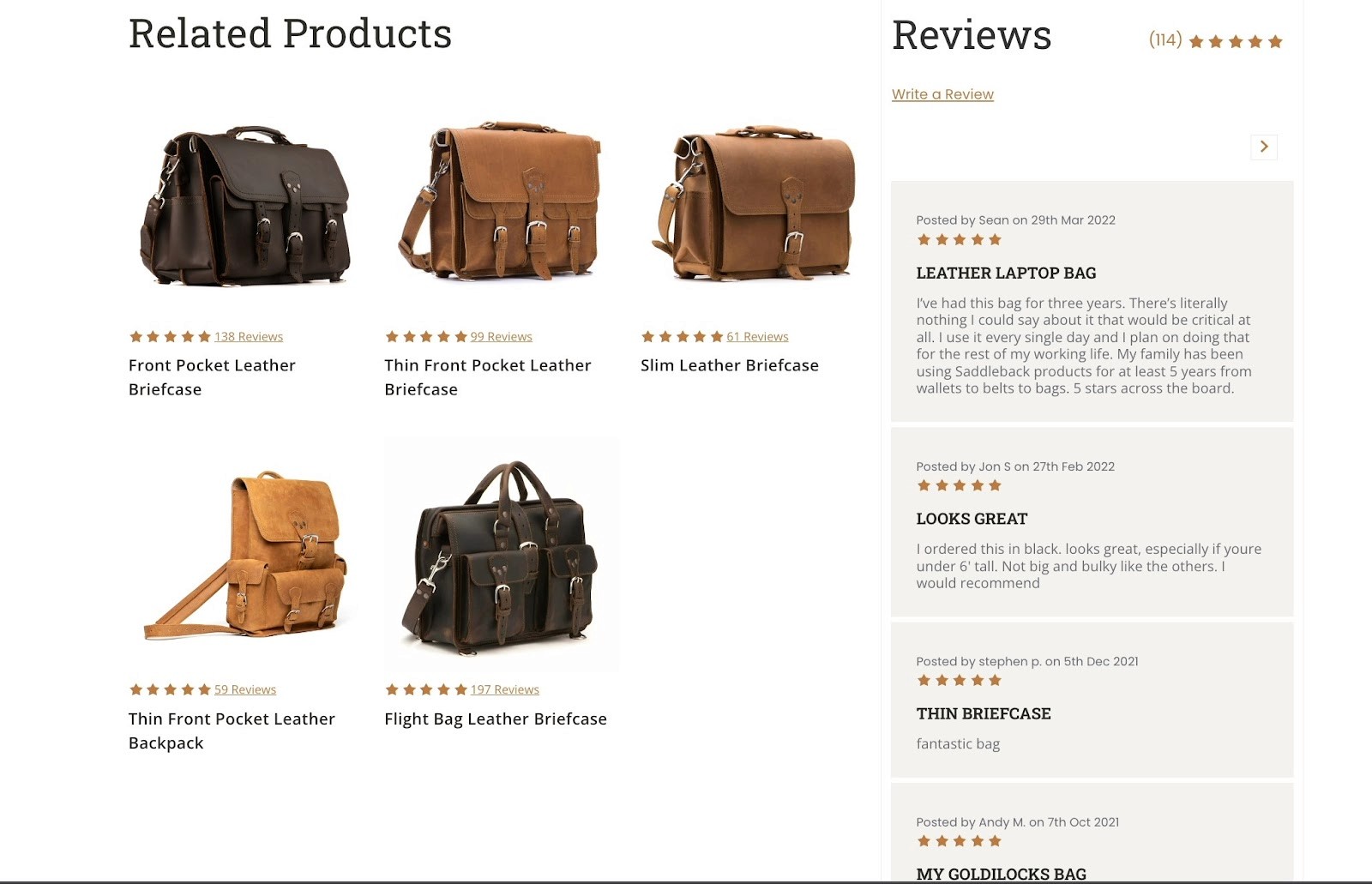How to increase your average order value for the holiday season
Increase your AOV during the holidays
Jordan Gal
May 19, 2023
The biggest mistake that we see ecommerce businesses make is trying to use the same tactics that the biggest corporations use during the busy holiday shopping season.
No matter what you may think, you cannot outspend or out-discount Amazon. Instead, you need to outsmart and out-maneuver them by first focusing on the fundamentals and then leaning into your company’s unique strengths and advantages. As a smaller brand, you can do things—like offering a level of support to your customer base—that the biggest brands can’t do.
In this post, we’re sharing eight actionable tactics you can use to increase average order value this holiday season.
How to calculate average order value?
Average order value (AOV) refers to the amount of money that an average customer spends in your business.
The simplest way to calculate AOV is: revenue / number of orders = average order value (AOV)
So, let’s say your September sales revenue was $100,000, and there were 2,000 customer purchases placed in that period of time. Your AOV for the month would be $50.
Why should you focus on optimizing AOV over LTV?
With a few exceptions, the more you can increase your AOV, the more sustainable and healthy your business is. That’s because a higher AOV typically leads to higher profit margins and lower customer acquisition costs.
This is particularly true if you mostly sell products that people only need to buy infrequently or aren’t considered impulse buys. For instance, if you sell mattresses, most people only buy a new mattress maybe a few times a decade. So, it makes a lot more sense to optimize for selling add-ons with your mattress to increase your average order value.
One of the exceptions where it makes more sense to optimize for customer lifetime value (CLTV) over AOV is if you have a lot of loyal customers and sell a subscription product. For instance, if you are selling monthly supplement packs to long-distance runners. Or, if you sell popular products that people need to buy often, like beauty products. You might create a loyalty program with exclusive discounts to incentivize customer loyalty.
8 ways to increase average order value during the busy holiday shopping season
Here are some actionable strategies for how you can boost AOV during the busy holiday season.
1. Post-purchase offers
Post-purchase offers capitalize on the moment when most shoppers are most primed to buy. That’s because you can surface a “deal” right in-between the checkout and order confirmation screens.
Since you already have their payment details and information on what they just bought, you can surface a deal on a related product that they might like. And if you use Rally’s post-purchase offers feature, a shopper can snap up this offer in one-click.
In fact, we’re seeing customers increase their revenue by an average of 12% through just this one feature.
For instance, Luminas has 12.6% of their total revenue comes from post-purchase offers since using Rally.
2. Optimize checkout experience
When you are spending money to get people to your website—be it through paid ads, influencer marketing campaigns, etc—the last thing you want to do is see shoppers abandon their carts at the point of checkout. To optimize the checkout experience, it's essential to address the common issues that lead to cart abandonment.
However, one of the biggest factors for a poor shopping experience is tied to checkout. If the checkout experience is slow, clunky, requires a lengthy account creation process, doesn't display shipping costs (or timelines), and has too many form fields, many shoppers will leave and buy elsewhere.
For instance, with Rally’s headless checkout, you can increase cart conversions with a clean single column layout. Plus, it seamlessly fits into your site, including your existing tech and payment stack.
3. Personalized Offers
Personalized offers are deals that are specifically tailored to an individual customer or customer set.

One of the most common ways that this is used is for first-time shoppers. That’s what you see in this example from Hip Pop, a trendy Kombucha brand. In addition, to this 50% coupon only being available to new shoppers, they’ve also added a layer of FOMO by using a countdown timer.
4. Upsells
Upsells are when you sell customers on either a higher-priced version of the product they are looking at or some additional services directly to the product (like an extended product warranty).
Some of the brands that do upselling better than anyone are airlines. Want to reserve a seat closer to the front of the plane? That’s going to cost extra.
However, here is an ecommerce example, Cat Phones Group manufactures and sells rugged mobile Cat (Caterpillar) phones for construction workers, healthcare professionals, military, and extreme adventure seekers. They sell both B2C and B2B.
And they make it easy to upsell to their B2B customers directly on the product page of their B2C site.

5. Cross-sells
While upsells are all about selling shoppers a higher-priced version of the same product, cross-sells are about surfacing related add-ons or complementary products.

For instance, Saddleback Leather creates high-quality, stylish leather bags, backpacks, and wallets.
They do a great job with cross-sell products by including relevant, complementary items in all of their product descriptions. For instance, if someone is buying a wallet, they might also want to buy a leather backpack. Not to mention, the related products section also includes customer reviews for each product, which adds another layer of social proof and street credibility.
6. Bundles / Packages
One of the most straightforward ways to increase your average order value is to bundle two or more products together. Often at a slight discount.
This product bundling strategy works well for consumables or products that people naturally buy in bulk.

Let’s take Red Apple Fireworks as an example. Most people aren’t just going to buy one firework for their New Year’s Eve celebration. They are going to buy enough so that it lasts for an entire night.
7. Order minimums for specific discounts or coupons
Implementing order minimums can increase AOV and protects against downside risks so that you don’t end up losing money when you sell more.

For instance, Silk Road Teas, an artisanal tea shop, is using the most common form of this, which is to implement an order minimum to receive free shipping.
While free shipping is the most common use case, another way to utilize order minimums is through tiered discounts.
For instance, if you spend $20, you get 5% off.
If you spend $50, you get 10% off.
If you spend $100, you get 15% off.
This is a way to offer a generous discount while still preserving your target profit margins.
8. Live Chat Support

This might sound counterintuitive, but the easier you make it for people to contact you, the more likely they’ll buy from you. Having live chat easily accessible on every page of your site is a great way to do this.
While it is ideal if you can staff it 24/7 with customer support reps, just having it available during business hours and then setting up a well-thought-out for off hours, like the example above, can go a long way.
***
From optimizing your checkout and adding relevant post-purchase offers to upsells and live chat support, these are just a handful of tactics you can use to increase average order value this holiday season.
And if you are curious how you can increase revenue by 12% with the same traffic, request a free demo of Rally here.
